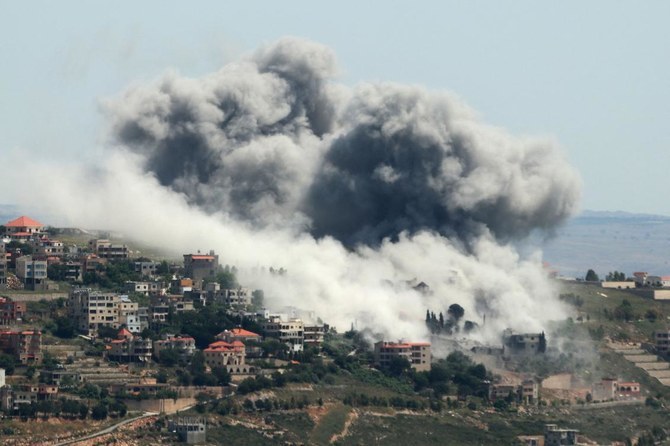The Israel-Hamas war has taken a dangerous new turn as Hezbollah, the Lebanese militant group, launched a drone attack on northern Israel early Monday, wounding two Israeli troops and igniting fears of an all-out regional conflict. This escalation comes in the wake of high-profile assassinations that have sent shockwaves through the Middle East.

Hezbollah claims the attack targeted a military base in northern Israel, framing it as retaliation for Israeli operations in southern Lebanon. However, this strike is not believed to be the full-scale response anticipated following the recent killing of senior Hezbollah commander Fouad Shukur in Beirut. The incident adds to the nearly daily exchanges between Israel and Hezbollah over the past 10 months, a conflict that has thus far remained contained but threatens to boil over.
The regional powder keg was further primed by the assassination of Hamas political leader Ismail Haniyeh in Tehran last week. In response, Gen. Hossein Salami, head of Iran’s Revolutionary Guard, issued a stark warning to Israel, stating they were “digging their own grave” and promising retaliation at an unspecified time and place.
As tensions mount, Israel has returned over 80 bodies to the Gaza Strip, though the identities and causes of death remain unclear. This action occurs against the backdrop of Israel’s ongoing offensive in Gaza, which has included the exhumation of remains in search of hostages taken during Hamas’ October 7 attack.
The conflict continues to claim lives and disrupt the region. An Israeli airstrike killed Abdel-Fattah al-Zariai, an official in the Hamas-run government in Gaza, along with his mother. Israel claims al-Zariai was involved in militant activities, including the misappropriation of humanitarian aid for military purposes.

In Lebanon, an Israeli drone strike reportedly killed two people, including a paramedic, near a cemetery in the southern village of Meissa al-Jabal. This incident further heightens concerns about the potential for the conflict to spread beyond Gaza’s borders.
Palestinian militants in Gaza have maintained pressure on Israel, firing at least 15 projectiles into Israeli territory, resulting in one minor injury. These attacks, while less frequent than at the war’s outset, demonstrate the ongoing threat faced by Israeli communities near the Gaza border.
As the international community watches with growing concern, Iran’s vow to respond with “power and decisiveness” to the killing of Haniyeh adds another layer of complexity to an already volatile situation. Iranian Foreign Ministry spokesperson Nasser Kanaani emphasized Iran’s right to self-defense while claiming the country is not seeking to escalate regional tensions.
With each new development, the prospect of containing the conflict diminishes. The interplay of local skirmishes, international assassinations, and regional power dynamics has created a precarious situation where any misstep could trigger a wider conflagration. As world leaders scramble to prevent further escalation, the people of the Middle East brace for what may come next in this increasingly unpredictable and dangerous conflict.



